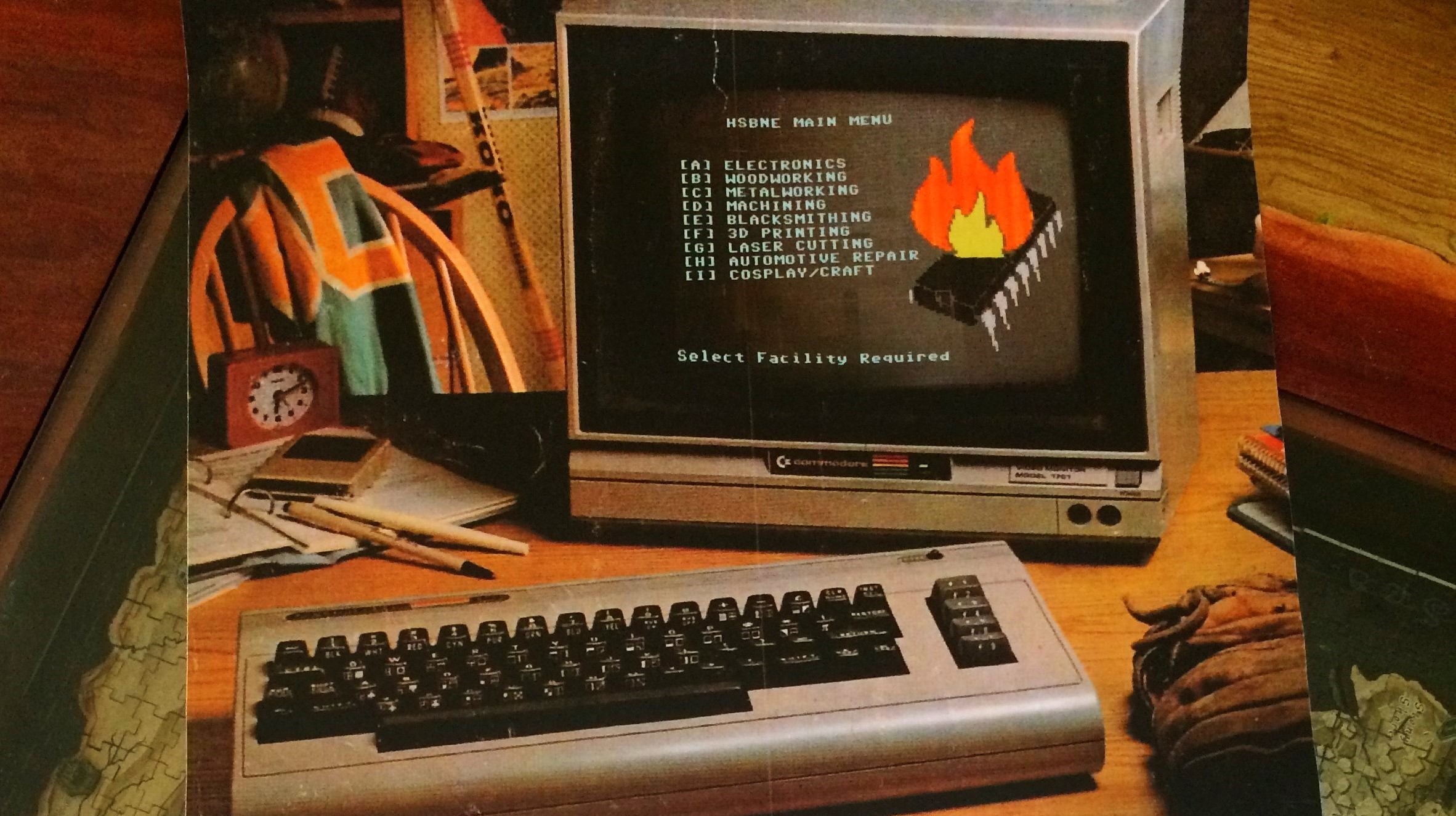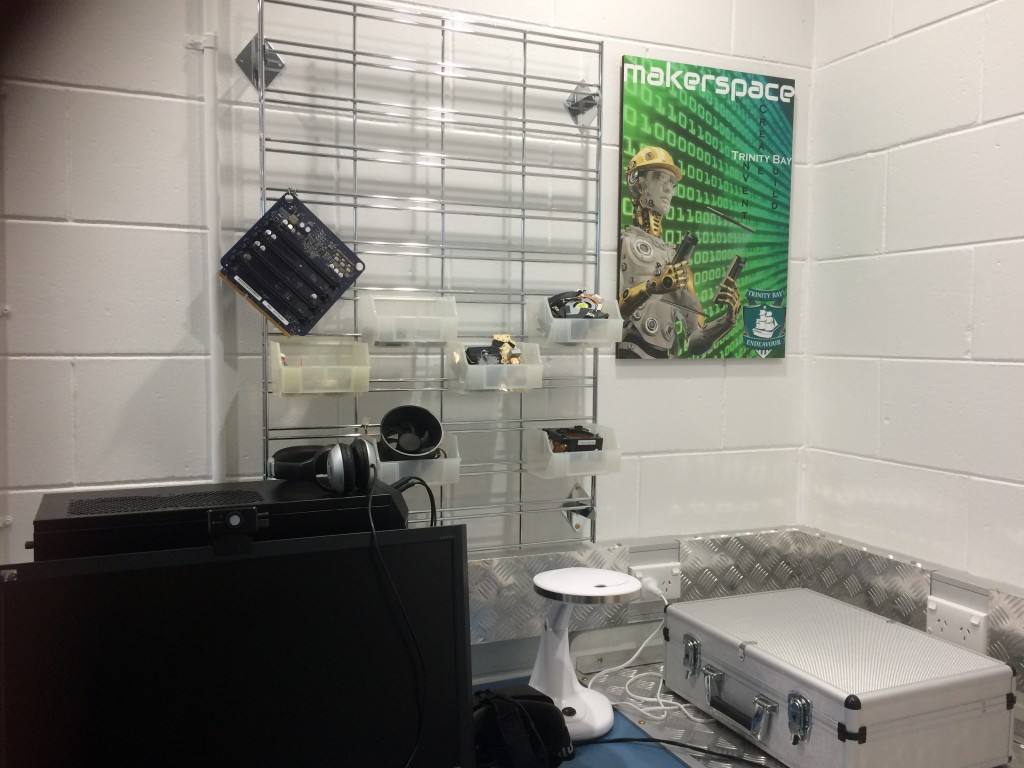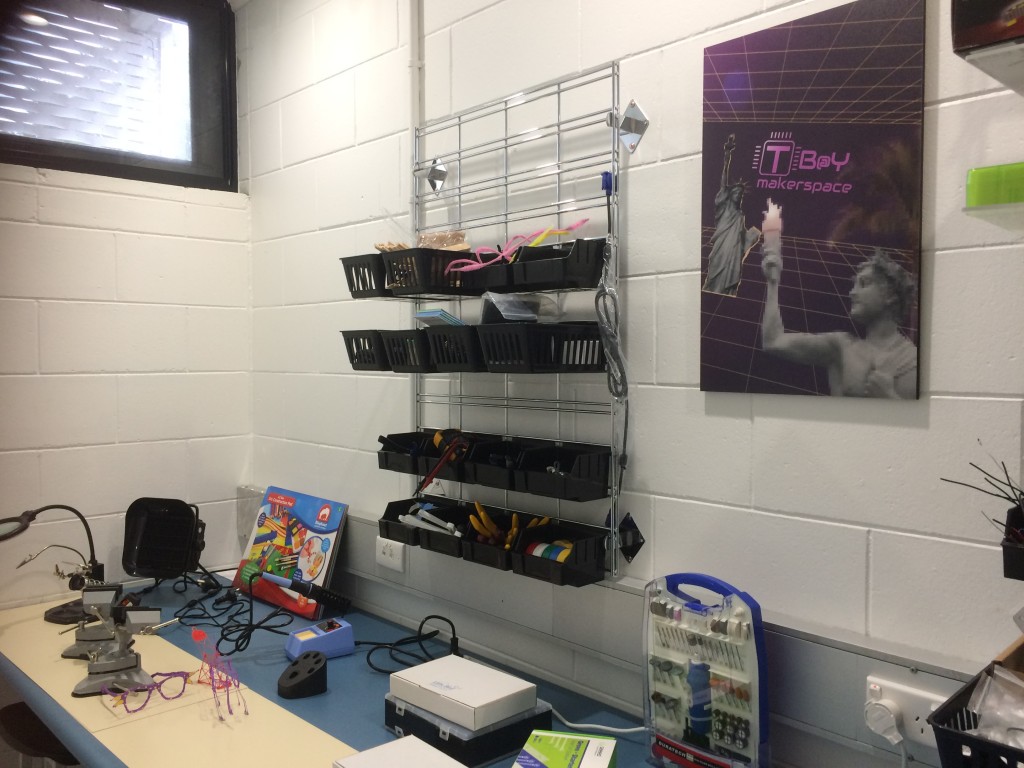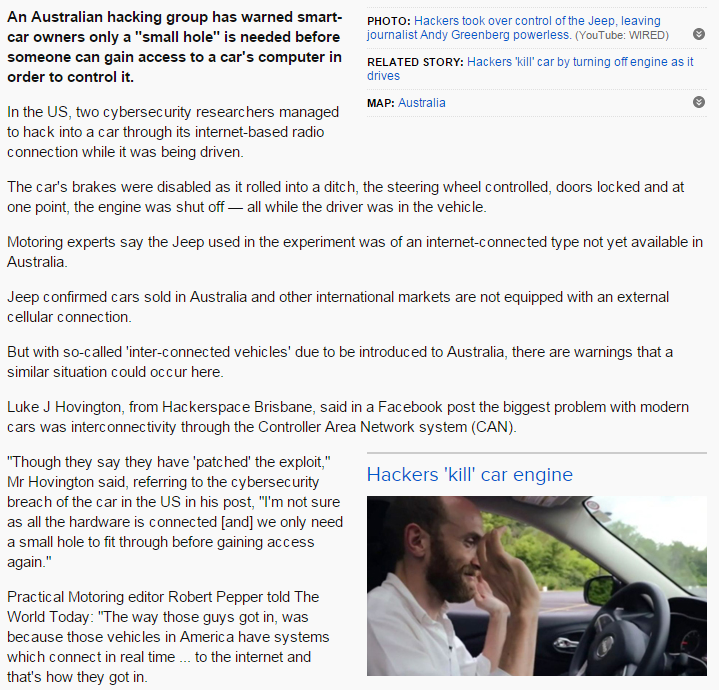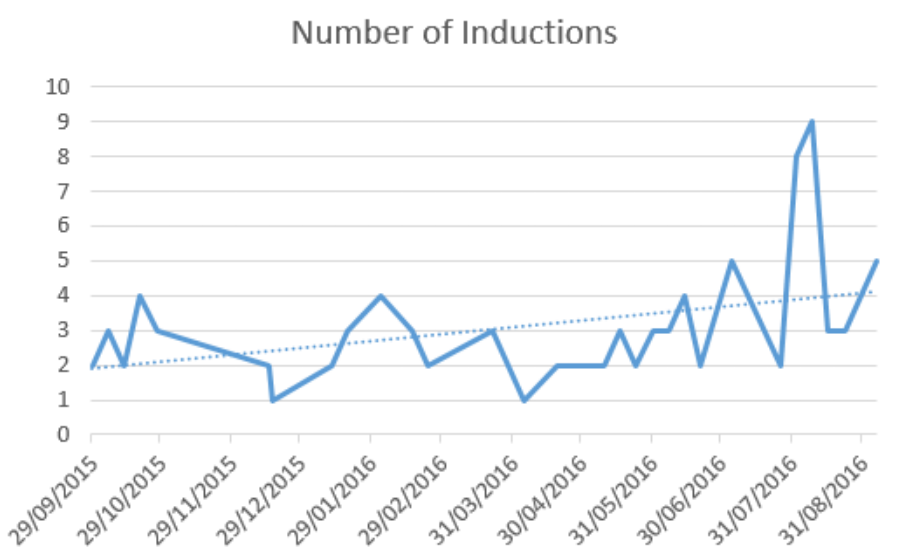In this blog I’ll be outlining the differences between Hackerspaces, Makerspaces and Fab Labs in Australia. I’ll also describe the current landscape for Hackerspaces as an Australia-specific resource.
I recently undertook a survey of active hackerspaces in Australia here, and found, as of October 2016, there are 20 active spaces. This is a significant growth from the last Lifehacker survey in 2013 with only 10 around the nation. Interestingly, I also found three hackerspaces which are no longer active for a variety of reasons. These are Hackerspace Caboolture, East Gippsland Makerspace and Hackerspace Bundy. The main reason seems to be lack of members in more rural/remote areas and build up of associated costs. Other spaces which remain active have issues with finding a permanent space, skipping between free venues to meet like Hackerspace Adelaide. Hackerspaces like Miss-Despoinas Hobart choose to stay permanently decentralised, featuring work in a variety of locations. As mentioned in a previous blog, I believe Hackerspaces should be included somewhere in the current state/federal rounds of funding to avoid these issues.
Schools are also fast adopting the Makerspace trend. The Horizons K-12 report has recommended Makerspaces be adopted in schools within the next year to keep up with trends. The report also recommends 3D printing, gamified learning and wearable technologies within the next five years. Here’s a few photographs of the Trinity Bay State High School Makerspace in Cairns I visited as an example.
Even though the concept of Hackerspaces is much older, Makerspaces in schools are growing much, much faster.
Fab Labs are different again, and have a set of specific requirements to become an official “Fab Lab” as per the FabFoundation.org website, which includes:
- Public Access
- Subscription to the Fab Lab Charter
- Specific tools and equipment available, totalling $100-125K
- Participation in the Fab Lab network
These are some stringent requirements which makes it no surprise there are only two Fab Labs in Australia, Fab Lab Adelaide and Fab Lab WA, the latter of which is re-opening in 2017 if there is interest.
Despite best efforts, hackerspaces tend to not be as well understood in Australia in comparison to the U.S. and Europe where they are prolific. It’s easy to misunderstand a hackerspace’s purpose when unfamiliar with the name.
The main example of this we’ve experienced at HSBNE Inc. was the unexpected media attention we received when this article came out, detailing the ability for hackers to remotely access a Jeep and control radio, engine, etc. The same day we received numerous emails asking us to comment, even though we have a specific media information section on our website. The ABC posted this article referencing HSBNE as an authority on ‘hacking’ and took a facebook status from one of our member’s facebook walls without his permission. Eventually, after complaints were made they adjusted the article to make no reference to us. See the original article below:
Fixing this problem is not an easy one. Even events like GovHack, which rely on open data, struggles to promote itself. It’s hard to use the combination of the words ‘GovHack’ and ‘Census’ in a sentence without the red flags. It’s a slow battle to change the perception of ‘Hackerspaces’ to relate to the same context as ‘Life Hacks’. Despite this, I like the idea of staying true to the grassroots movement and adjusting public perception slowly by continuing to do what we do best.
Despite these challenges, we have been experiencing a steady amount of growth, recently breaking through our 100 member mark. Using our access system, we’ve generated unique door entries per month graph from 2012-2016, displaying a three-fold increase in unique door swipes per month. There are a few outliers to be mentioned – artifacts of a DIY access system with it’s own quirks.
Our number of weekly inductions over the past year has also seen a steady increase. We now induct from 5-8 new members on an average week.
Some of the other challenges we’ve come across include:
- Clutter and Mess
- Achieving quorum at group meetings
- Area and cause management
My term as President at HSBNE Inc. hasn’t ended yet and I’m keen to document more experience as we work things out. All hackerspaces are different, and there is value in sharing our experiences and keeping in touch. There are the following existing means of communication between Australian hackerspaces:
Hackerspaces Wiki: See all active and planned hackerspaces around the world.
Ozhs Slack Channel: Shoot me a message if you’d like to be added to this channel.
I’ll be continuing this series with more challenges and solutions from the workshop at HSBNE.
CHAPTER 1: HACKERSPACE CHALLENGES
CHAPTER 2: MAKING CONNECTIONS (coming soon)
CHAPTER 3: GRANTS AND CROWDFUNDING (coming soon)
CHAPTER 4: QUORUM ISSUES AND GROUP MEMBERSHIPS (coming soon)
CHAPTER 5: INVOLVEMENT IN THE ARTS (coming soon)
CHAPTER 6: USAGE MANAGEMENT (coming soon).

